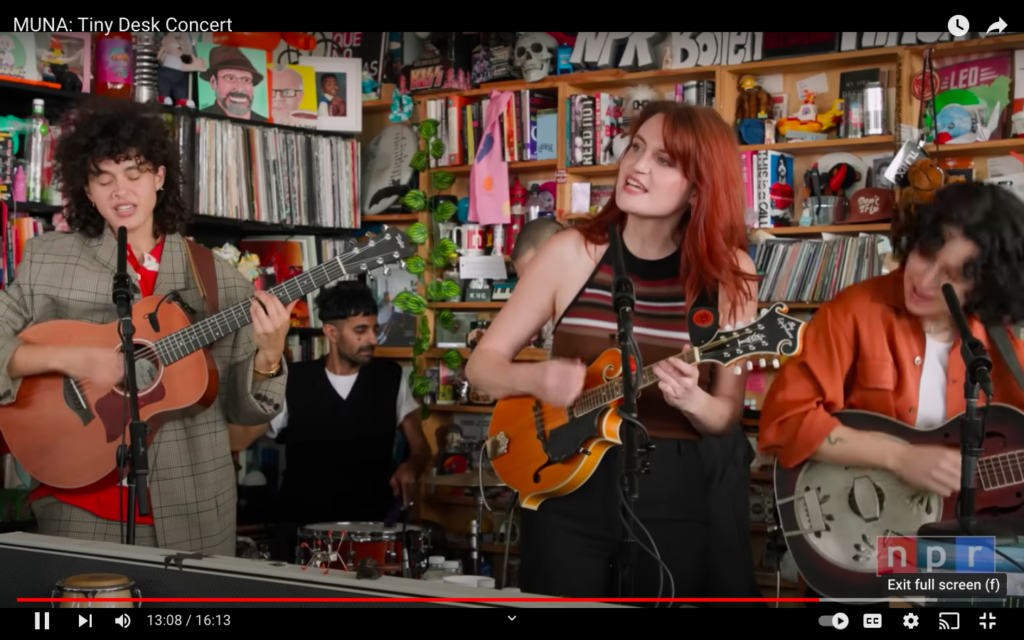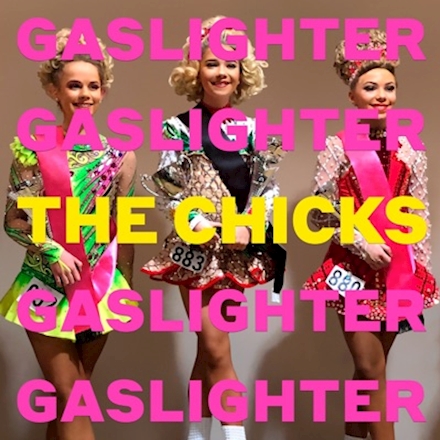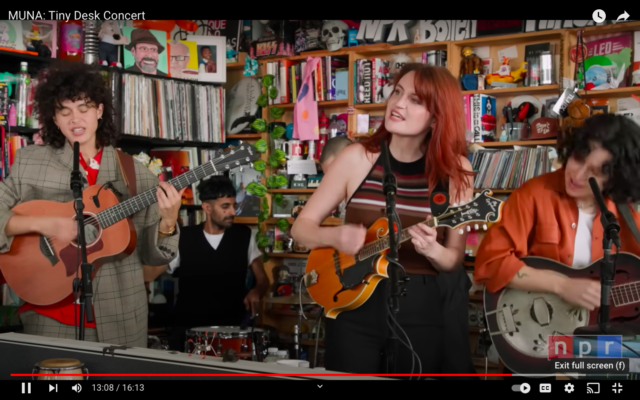If you’ve ever listened to a piece of music that gives you goosebumps, you’ve experienced frisson, also known as aesthetic chills. This embodied response to a song or musical phrase can be triggered by a variety of factors: unpredictable dynamics (i.e. sudden changes in volume or intensity), musical devices that evoke strong emotion, and even the social context of a piece (a song may cause frisson as part of a movie soundtrack, but not in isolation). Frisson is typically short, lasting just a few seconds, but can feel intense and often pleasurable, even if the emotional valence of a piece is “negative.”
As I began conducting close readings of the albums I’m focusing on for my research, I started to realize that annotating lyrics alone could not adequately capture a song’s affect. Moments of frisson and other emotional markers, like the points in a song that predictably elicit tears for me, do not translate to the page through lyrics alone, because they depend in large part on the nonverbal qualities of a song. I started paying attention to these elements of musical composition and performance not only as they produce affect or emotion, but as they contribute to notions of “countryness” and identity.

Southern accents, of course, play a central role in marking a song as country: Taylor Swift famously dropped her accent when she transitioned from country to pop, and queer country artist Orville Peck, who is South African, takes on a decidedly American accent when he performs. Particular instruments and musical modes or idioms are also coded as country, especially pedal steel guitar, banjo, and certain styles of fiddle or violin. In their recent Tiny Desk Concert, the queer synth-pop trio MUNA performed a country version of their single “Silk Chiffon” featuring mandolin and fiddle in contrast with the original’s electric guitar riffs and dreamy production. Looking more closely at how artists utilize these signifiers has helped me pinpoint how exactly they perform “countryness,” and consequently how they embed that “countryness” into different facets of identity without using words.
This month, I’ve been composing and revising centos from the lyrics of Gaslighter by The Chicks. Centos are definitionally constrained not just to language, but to existing arrangements of language, so they present a unique challenge of translation. If I am making poems exclusively from lyrics, how do I engage with nonverbal signifiers that are also doing the work of constructing “country,” race, gender, and more? Since I am also writing prose pieces to accompany the centos, I can of course address these elements there – but these essays are still operating in the realm of verbal communication and language, still relying on signifiers that work in the same plane as lyrics.

What remains open, then, are poetics, especially paratextual elements and formal choices (e.g. line breaks, placement on the page, italics and punctuation) that signify without changing the actual words of a poem. As I begin to transition from summer research into my thesis, I’m excited to delve into these techniques as well as the poetics of the visual art I aim to include alongside my poems and prose.
